When I was little and had the special treat of visiting my best friend’s house, we would play Wii games late into the night, often foregoing the original narratives the game expected of us and instead attempting to reach the hidden corners of each page. I distinctly remember flying the plane into the Wii Summer Sports volcano and finding a small blurb of information left for us down near the lava. The thrill of discovering something that was left there secretly for a curious player was one I couldn’t get enough of. My friend and I would race off the road of Mario Kart tracks in attempts to find secret passageways and small shortcuts within the walls of whatever dungeon or ski resort we were driving through. Though I loved playing Wii as a child and discovering the worlds within the games I was playing, I haven’t been much of a gamer in the years since, preferring to watch films and read instead of playing games. However, with my recent interaction with class material and the incredible New York Times Op-Doc called Hardly Working, my curiosity in the worlds of video games has been reignited.

Hardly Working follows 4 nonplayer characters (NPCs) around the game Red Dead Redemption 2 for a few days, tracking their movement, narrative arc, and routines. While watching the documentary, I was continuously struck by the momentous effort and attention to detail that the creators dedicated to building the game. These 4 NPCs show a complex side narrative of life in the Wild West that has nothing to do with the linear plot of the game, but who serve to simply further bolster the richness of the experience and world. It reminded me of the in class discussions that we have had about the processes of creating a digital artifact and representation. Specifically, how there are coders who decide the rules of the world and of each character, but it’s the computer that actually turns their efforts into a viewable and playable representation. These players are coded to perform specific actions over and over again in a series of code with some if:then sequences – such as how their behavior changes when it begins to rain – that are supposed to run in the background of the game. These moments prove that each character’s code isn’t just a small amount of movement, they are actual narratives and stories with emotion, choices, consequences, and beyond just that idea, these stories reminded me that there can be multiple forms of rhetoric in any one form of media, and this game had many variations.

The stablehand walks around the farm aimlessly, hammering things, moving hay, making soup, drinking 3 sips of beer, and standing in fields.
Visually, the world is artistically rendered to look like the Wild West, its NPCs dressed as farm and town workers, carpenters, and citizens of the well flushed out and animated town. It’s a persuasive and immersive environment that further supports the characters’ side stories as they wander the hidden alleys at night, ‘build’ things on the dock (that never grow or get smaller), and stumble drunkenly from the bar to the stables. The repetitive audio bits that come from the bar combine with background music and bells to create another persuasive aspect of the immersive world. All of these elements make the NPCs’ storylines more fleshed out, but also highlight the monotony of the work and manage to make subtle comments about the repetitive aspect of working under capitalism. The characters hardly glitch, hardly break their routine, and hardly ever notice the player who is recording them – but in the few small instances they do, it’s as if a lightning rod hits the viewer, pulling them suddenly out of their role as a player and instead into the lives of these NPCs. In glitched moments, like when the carpenter looks directly into our eyes, these characters become rounded, human-esque beings in a display of narrative and storytelling.
This documentary was deeply intriguing as a study of both impressive video game storytelling design and as a representation of humanity. Each character’s story had some kind of arc or challenge that had nothing to do with the plot of the game, and it is assumed that the many other NPCs in the game all had their own storylines too. This is just one game that balances the very present, but background, animated film media with playable procedures in a game of progression through numerous predetermined storylines. I am really looking forward to continuing my exploration of side characters, places, quests, and the limits of a game when playing LOTRO. The more I learn about games, the more impressed and in awe I become with their complexity and the immensity of creating a playable, immersive world simply from 1s and 0s.
-Mariah
Sources:
- in class discussions and NYT Op-Doc Hardly Working
















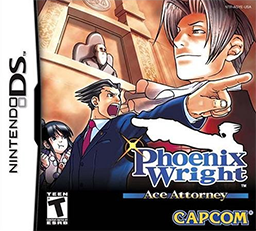


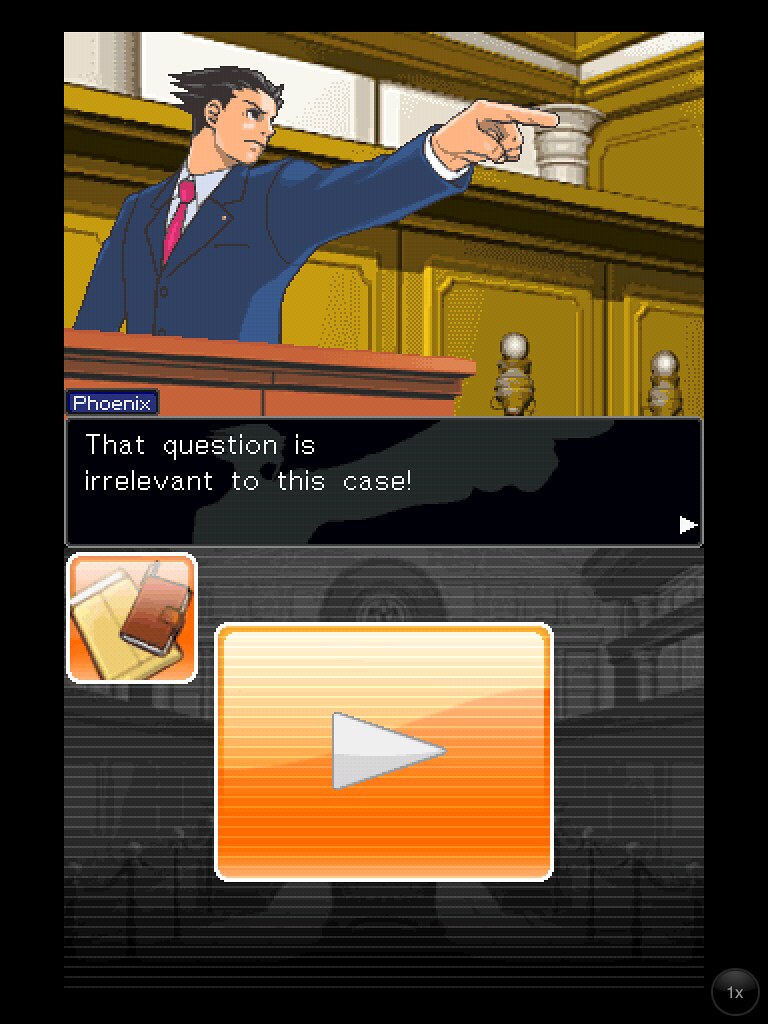


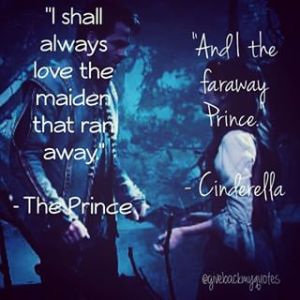
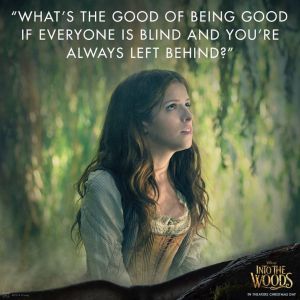


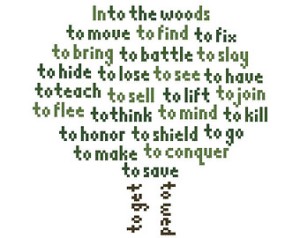

You must be logged in to post a comment.